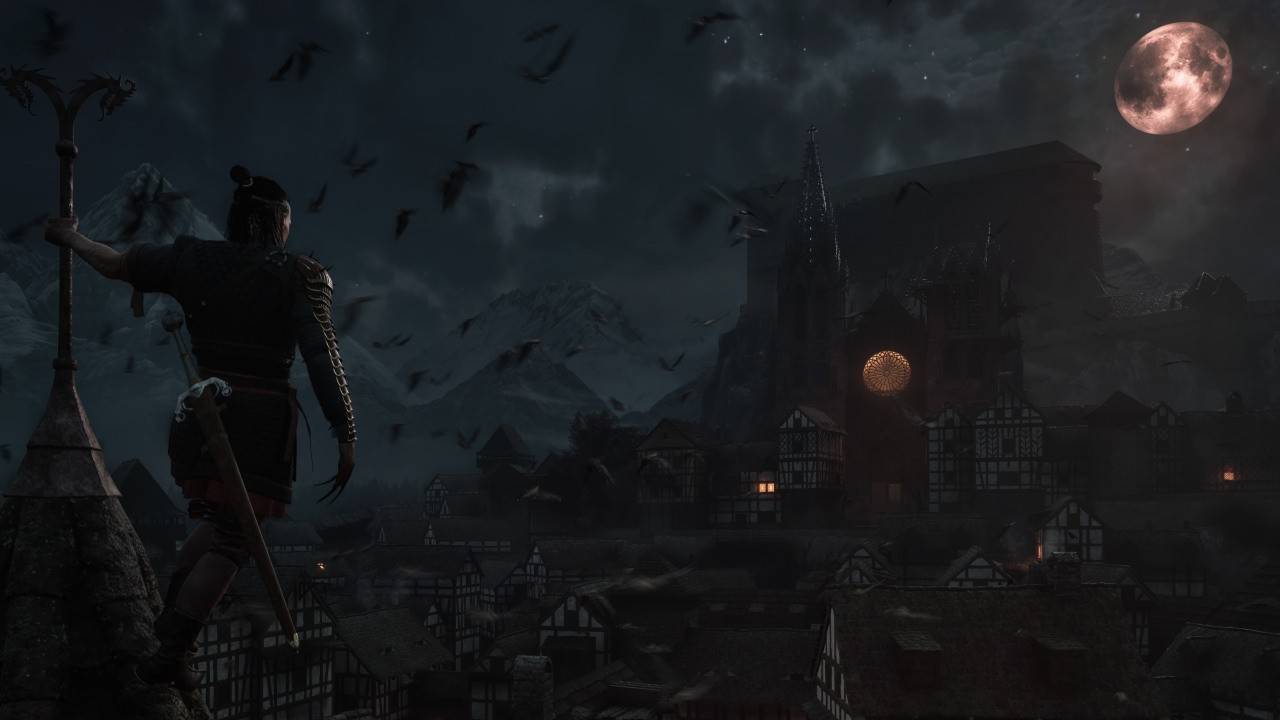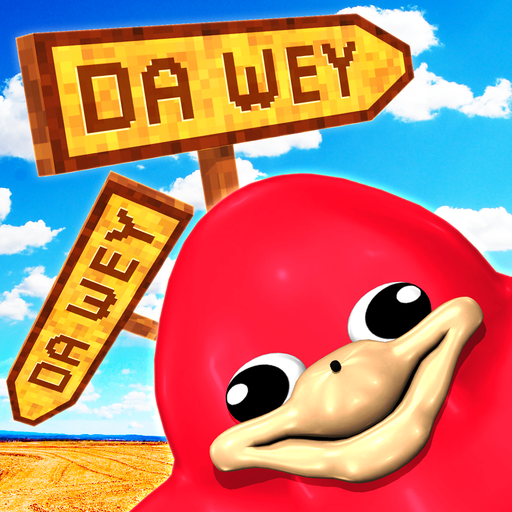Just as Cinderella's dream was set to vanish at midnight, The Walt Disney Company faced its own midnight in 1947, grappling with a debt of approximately $4 million following the financial setbacks of Pinocchio, Fantasia, and Bambi, exacerbated by World War II and other challenges. However, the magic of Cinderella and her iconic glass slippers played a pivotal role in saving Disney from an untimely end to its animation legacy.
As Cinderella celebrates its 75th anniversary of its wide release on March 4, we connected with several Disney insiders who continue to draw inspiration from this timeless tale of transformation from rags to riches. This story not only parallels Walt Disney's own journey but also rekindled hope within the company and across a post-war world yearning for renewal and belief.
The Right Film at the Right Time --------------------------------To understand the significance of Cinderella, we must revisit Disney's transformative moment in 1937 with Snow White and the Seven Dwarfs. Its monumental success, which held the record as the highest-grossing film until Gone with the Wind overtook it in 1939, enabled Disney to establish its Burbank studio, still its headquarters, and embark on a journey toward more feature-length animated films.
The subsequent film, Pinocchio, released in 1940 with a budget of $2.6 million—roughly a million more than Snow White—faced a loss of about $1 million, despite critical acclaim and two Academy Awards for Best Original Score and Best Original Song. This pattern continued with Fantasia and Bambi, which also underperformed due to the outbreak of World War II.
“Disney's European markets dried up during the war, and films like Pinocchio and Bambi couldn't be shown there,” explained Eric Goldberg, co-director of Pocahontas and lead animator on Aladdin's Genie. “The studio then shifted to producing training and propaganda films for the U.S. military. Throughout the 1940s, Disney resorted to Package Films like Make Mine Music, Fun and Fancy Free, and Melody Time, which, while profitable, lacked a cohesive narrative.”

Package Films were essentially compilations of short cartoons assembled into feature films. Between 1942's Bambi and 1950's Cinderella, Disney produced six such films, including Saludos Amigos and The Three Caballeros, which supported the U.S.' Good Neighbor Policy aimed at countering Nazi influence in South America. Despite managing to reduce the studio's debt from $4.2 million to $3 million by 1947 with Fun and Fancy Free, these films hindered the creation of true feature-length stories.
Walt Disney's determination to return to feature films was clear: “I wanted to get back into the feature field... But it was a matter of investment and time,” he stated in 1956, as quoted in The Animated Man: A Life of Walt Disney by Michael Barrier. Facing the potential end of Disney's animation studio, Walt and his brother Roy chose to stake everything on Cinderella, the studio's first major animated feature since Bambi.
“I think the world needed the idea that we can rise from the ashes and experience something beautiful,” remarked Tori Cranner, Art Collections Manager at Walt Disney Animation Research Library. She highlighted how Cinderella, unlike the less joyful Pinocchio, offered the hope and joy America craved post-war.
Cinderella and Disney’s Rags to Riches Tale
Walt Disney's fascination with Cinderella dates back to 1922, when he produced a short version at Laugh-O-Gram Studios, just before founding Disney with Roy. Adapted from Charles Perrault's 1697 tale, which may trace its origins to as early as 7 BC, Cinderella encapsulated themes of good versus evil, true love, and dreams coming true, resonating deeply with Walt.

Walt distinguished Cinderella from Snow White: “Snow White was a kind and simple little girl who believed in wishing and waiting for her Prince Charming... On the other hand, Cinderella here was more practical. She believed in dreams all right, but she also believed in doing something about them,” he noted in Disney’s Cinderella: The Making of a Masterpiece special DVD feature.
Despite personal hardships, Walt's story mirrored Cinderella's, marked by humble beginnings, numerous failures, and an unwavering pursuit of his dreams. Initially planned as a Silly Symphony short in 1933, Cinderella's scope expanded, leading to its transformation into a feature film by 1938. The project took over a decade to complete due to the war and other factors, evolving into the beloved film we cherish today.
Disney's ability to modernize and universalize fairytales played a crucial role in Cinderella's success. “Disney was so good at taking these fairytales... and putting his own spin on it,” Goldberg praised. By adding characters like Jaq, Gus, and the birds, Disney not only provided comic relief but also deepened the audience's connection to Cinderella. The Fairy Godmother, redesigned as a more relatable, bumbling figure by animator Milt Kahl, further enhanced the film's appeal.
The iconic transformation scene, where Cinderella's belief in herself culminates in a magical night, remains a highlight of Disney's oeuvre. “Every single one of those sparkles was hand-drawn on every frame and then hand-painted,” Cranner marveled, emphasizing the scene's meticulous craftsmanship and magical pause.
The addition of the breaking glass slipper further showcased Cinderella's agency and strength. “Cinderella is not a cipher... she has a personality and a strength within her,” Goldberg emphasized, pointing to her resourcefulness when the slipper broke.
Cinderella premiered in Boston on February 15, 1950, and its wide release on March 4 that year was an immediate success, earning $7 million on a $2.2 million budget. It became the sixth-highest grossing film of 1950 and received three Academy Award nominations. “When Cinderella came out... Walt Disney's back on track again!” Goldberg recalled, noting the film's role in restoring Disney's narrative prowess and paving the way for future classics like Peter Pan, Lady and the Tramp, and The Jungle Book.
75 Years Later, Cinderella’s Magic Lives On
Seventy-five years on, Cinderella's magic continues to captivate. Her castle stands as a symbol at Walt Disney World and Tokyo Disneyland, and her influence permeates modern Disney films. Becky Bresee, lead animator on Frozen 2 and Wish, noted the direct homage to Cinderella in Elsa’s dress transformation scene in Frozen, underscoring the enduring legacy of Disney's classics.

The contributions of Disney's Nine Old Men and Mary Blair to Cinderella are indelible, yet it is the message of hope and perseverance that Eric Goldberg believes is the film's greatest gift. “It gives people hope that things will work out when you have perseverance and when you are a strong person... hope can actually be realized and dreams can come true, no matter what time you are living in.”








